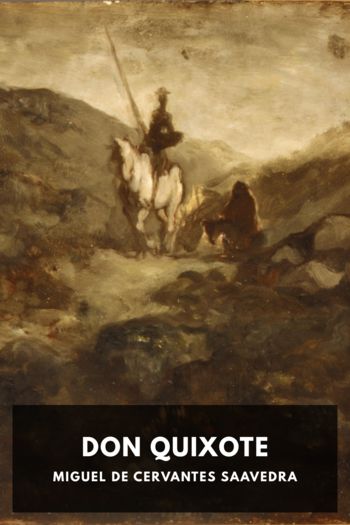Twelve Years a Slave by Solomon Northup (books to read to get smarter .txt) 📕

- Author: Solomon Northup
Book online «Twelve Years a Slave by Solomon Northup (books to read to get smarter .txt) 📕». Author Solomon Northup
During the summer succeeding my return from St. Mary’s parish, I conceived a plan of providing myself with food, which, though simple, succeeded beyond expectation. It has been followed by many others in my condition, up and down the bayou, and of such benefit has it become that I am almost persuaded to look upon myself as a benefactor. That summer the worms got into the bacon. Nothing but ravenous hunger could induce us to swallow it. The weekly allowance of meal scarcely sufficed to satisfy us. It was customary with us, as it is with all in that region, where the allowance is exhausted before Saturday night, or is in such a state as to render it nauseous and disgusting, to hunt in the swamps for coon and opossum. This, however, must be done at night, after the day’s work is accomplished. There are planters whose slaves, for months at a time, have no other meat than such as is obtained in this manner. No objections are made to hunting, inasmuch as it dispenses with drafts upon the smokehouse, and because every marauding coon that is killed is so much saved from the standing corn. They are hunted with dogs and clubs, slaves not being allowed the use of firearms.
The flesh of the coon is palatable, but verily there is nothing in all butcherdom so delicious as a roasted ’possum. They are a round, rather long-bodied, little animal, of a whitish color, with nose like a pig, and caudal extremity like a rat. They burrow among the roots and in the hollows of the gum tree, and are clumsy and slow of motion. They are deceitful and cunning creatures. On receiving the slightest tap of a stick, they will roll over on the ground and feign death. If the hunter leaves him, in pursuit of another, without first taking particular pains to break his neck, the chances are, on his return, he is not to be found. The little animal has outwitted the enemy—has “played ’possum”—and is off. But after a long and hard day’s work, the weary slave feels little like going to the swamp for his supper, and half the time prefers throwing himself on the cabin floor without it. It is for the interest of the master that the servant should not suffer in health from starvation, and it is also for his interest that he should not become gross from overfeeding. In the estimation of the owner, a slave is the most serviceable when in rather a lean and lank condition, such a condition as the racehorse is in, when fitted for the course, and in that condition they are generally to be found on the sugar and cotton plantations along Red River.
My cabin was within a few rods of the bayou bank, and necessity being indeed the mother of invention, I resolved upon a mode of obtaining the requisite amount of food, without the trouble of resorting nightly to the woods. This was to construct a fish trap. Having, in my mind, conceived the manner in which it could be done, the next Sunday I set about putting it into practical execution. It may be impossible for me to convey to the reader a full and correct idea of its construction, but the following will serve as a general description:
A frame between two and three feet square is made, and of a greater or less height, according to the depth of water. Boards or slats are nailed on three sides of this frame, not so closely, however, as to prevent the water circulating freely through it. A door is fitted into the fourth side, in such manner that it will slide easily up and down in the grooves cut in the two posts. A movable bottom is then so fitted that it can be raised to the top of the frame without difficulty. In the centre of the movable bottom an auger hole is bored, and into this one end of a handle or round stick is fastened on the under side so loosely that it will turn. The handle ascends from the centre of the movable bottom to the top of the frame, or as much higher as is desirable. Up and down this handle, in a great many places, are gimlet holes, through which small sticks are inserted, extending to opposite sides of the frame. So many of these small sticks are running out from the handle in all directions, that a fish of any considerable dimensions cannot pass through without hitting one of them. The frame is then placed in the water and made stationary.
The trap is “set” by sliding or drawing up the door, and kept in that position by another stick, one end of which rests in a notch on the inner side, the other end in a notch made in the handle, running up from the centre of the movable bottom. The trap is baited by rolling a handful of wet meal and cotton together until it becomes hard, and depositing it in the back part of the frame. A fish swimming through the upraised door towards the bait, necessarily strikes one of the small sticks turning the handle, which displacing the stick supporting the door, the





Comments (0)